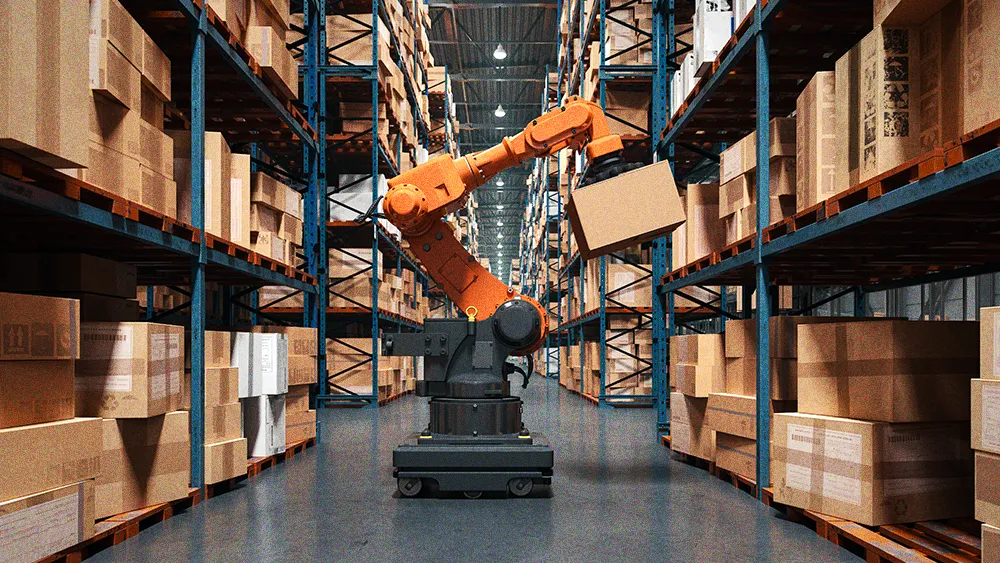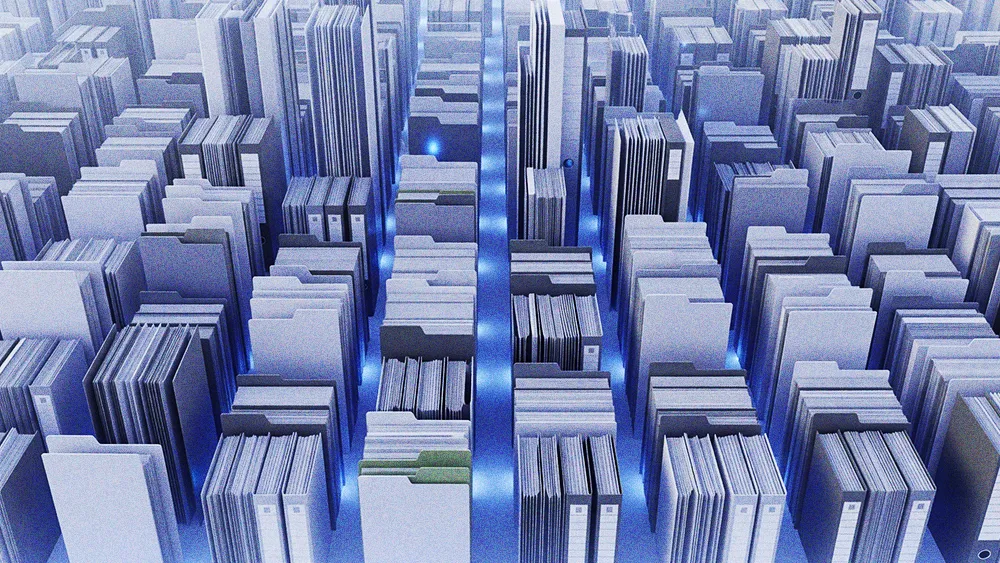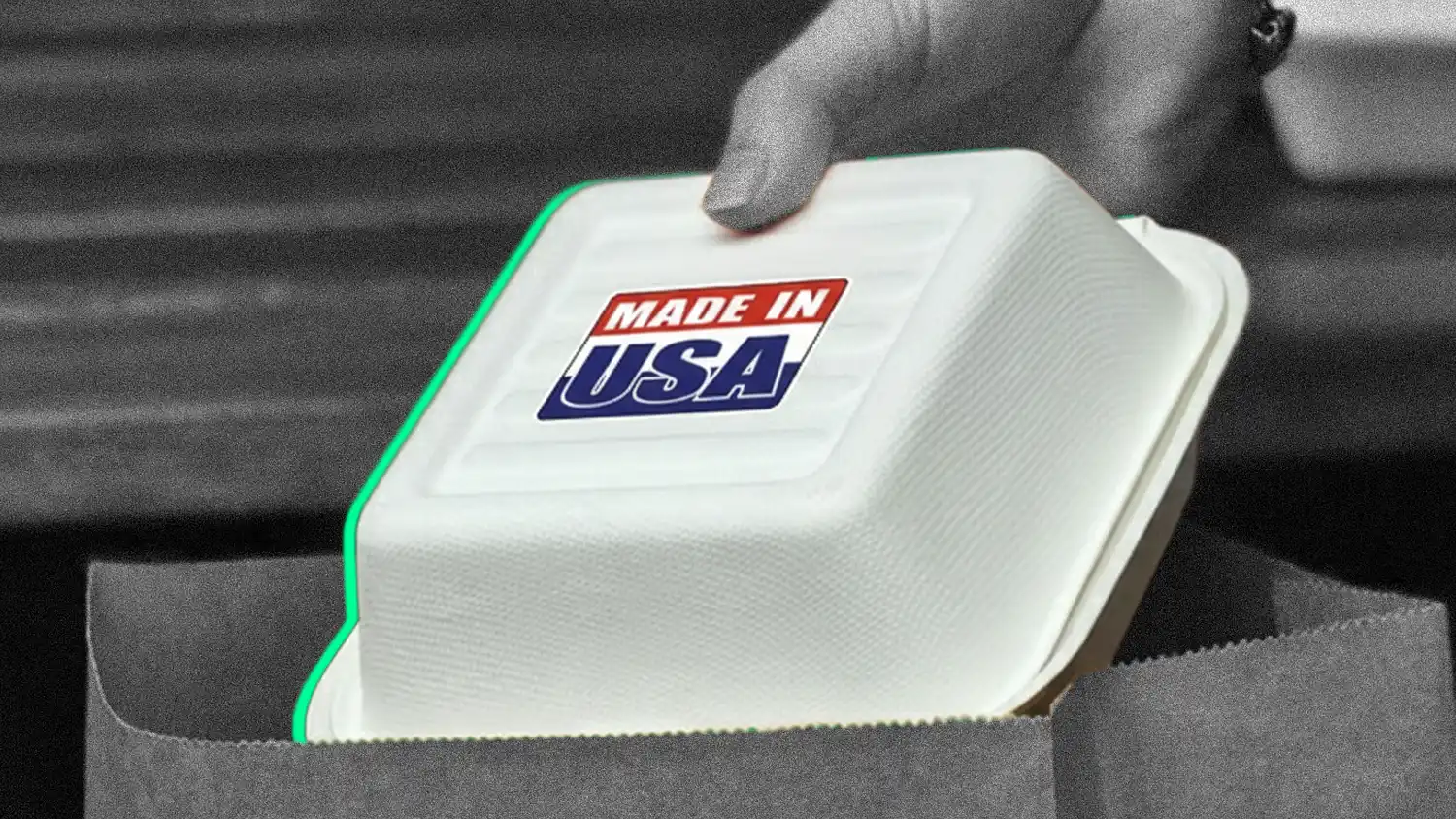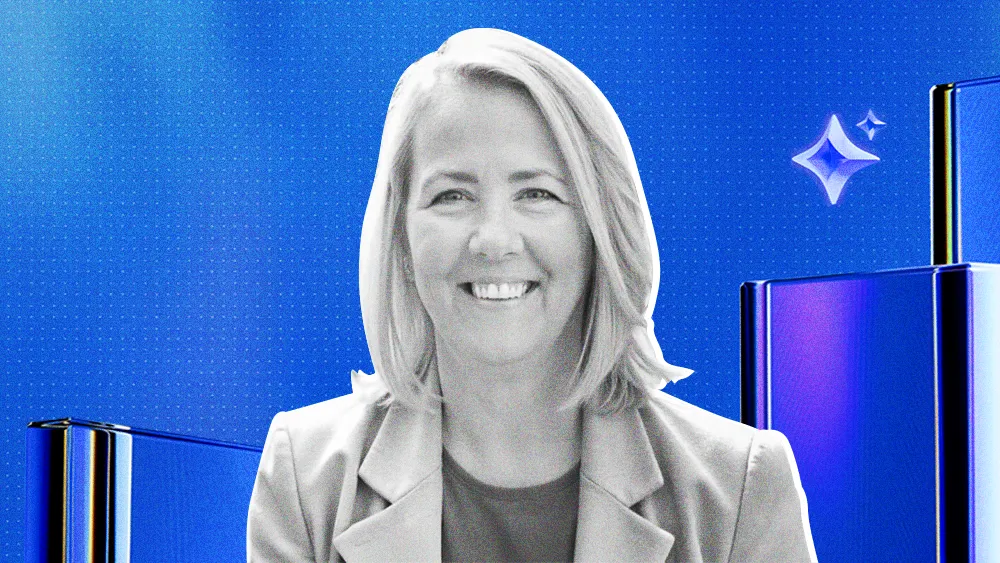
All articles
Why Supply Chain Sustainability is Driven by Technical Efficiency and Profitability, Not Policy
Rafael Garcia, President of DOF Logistics, argues this structural flaw is the biggest barrier to a sustainable supply chain.
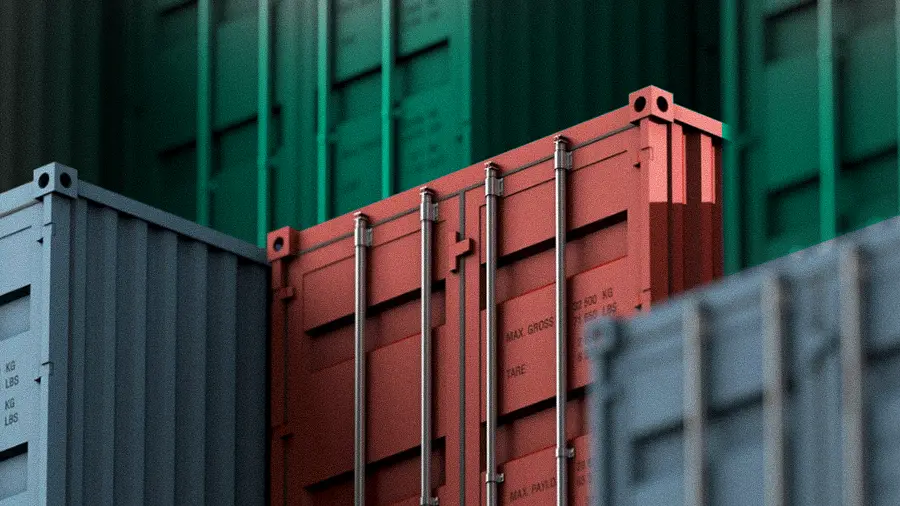
Key Points
The U.S. logistics network is a collection of disconnected silos—trucking, rail, and warehousing—that don't communicate, creating profound inefficiency.
Rafael Garcia, President of DOF Logistics, argues this structural flaw is the biggest barrier to a sustainable supply chain.
He points to the U.S. rail network as a stagnant, underutilized "monopoly" that has no incentive to modernize or integrate with other logistics sectors.
The path forward requires bridging these silos with better data and knowledge, a challenge compounded by a lack of integrated international software.
The way that you can be sustainable is by being efficient. The way the freight moves, if you optimize the supply chain, you want to be able to reduce the miles that the freight has to travel.

As policymakers celebrate a new era of trade stabilization between the US and the EU, a different reality is unfolding in the ports, railways, and highways that form the backbone of the global economy. While headlines focus on tariffs and diplomacy, a deeper look inside the supply chain reveals that the biggest barrier to a more sustainable, efficient logistics network isn't a lack of policy or green initiatives. It’s a far more fundamental business truth: cost is king, and the most profitable path is the only one that matters.
We spoke with Rafael Garcia, a logistics expert who lives at the intersection of theory and brutal reality. As President of DOF Logistics, his work spans both domestic North American freight and complex global supply chains in over 140 countries. For Garcia, progress isn’t born from neat economic models, but from the messy, real-world process where you have to "crash into the wall in order for something to work." He argued that the entire conversation around sustainability in logistics is fundamentally flawed.
The bottom line imperative: "Clients don't care about sustainability. They care about the bottom line because they have to be more competitive," Garcia stated. "It will not come at the cost of the dollar amount because companies are not going to pay more for it."
Efficiency is sustainability: The only way to truly make the supply chain greener, he argued, is to align it with economic self-interest. "The way that you can be sustainable is by being efficient," he explained. "The way the freight moves, if you optimize the supply chain, you want to be able to reduce the miles that the freight has to travel."
Achieving this kind of efficiency in North America is profoundly difficult due to a deep, structural flaw. According to Garcia, the problem is that the United States doesn’t have a single, integrated logistics industry, but a collection of massive, disconnected silos that operate in isolation.
A disconnected system: "In the EU, you have the logistics industry. In Asia, you have the logistics industry. In the States, it's not like that," he explained. "You have the warehousing industry, you have the trucking industry, you have the freight forwarding industry, and you have the rail industry. And they don't talk to each other. That disconnect is what drives inefficiencies."
This breakdown in information flow drives decisions that defy geography but make economic sense to the shipper. Garcia pointed to a project moving cargo from Poland to the U.S. West Coast.
The thousand-dollar detour: "We did a project out of Poland into L.A./Long Beach and Portland, Oregon," he recalled. "For L.A./Long Beach, we brought it in through Houston and we railed it into Long Beach. And you would think Portland would be the same thing, but it's not. For Portland, you have to come in through New York. And the difference in price coming in through New York going into Portland versus Houston was about a thousand dollars per container."
Stuck in transit: "There's a lack of information, and the information doesn't flow across multiple modes of transportation. That's why you have so much inefficiency. I don't think that the trade deal with the EU is going to change anything."
The absurd reality is perpetuated by legacy systems, particularly the American rail network, which Garcia identified as a massive piece of underutilized, potentially sustainable infrastructure that currently has no incentive to modernize.
An old-school monopoly: "Nobody's using rail in the US and Canada. It's stagnated. The rail industry is very complex, very old school. To a certain extent, they operate the same way that they did in the beginning of the 1900s. And there's no incentive to change; they essentially have a monopoly."
For Garcia, if high-level trade deals won't fix the problem, the only way forward is to attack the information gap at its source. The solution lies in building the knowledge and technological bridges between the industry's warring silos.
The path forward: "Data and knowledge are the key—but that’s a challenge, because software often isn't built for international markets," Garcia explained. "To do that, you have to go country by country to get the data, and many of those countries don’t have the capital to pay for that kind of software. So software companies just build for the U.S. economy." He added, "It’s very hard to master all of it. You either master the ocean side, or the rail side, or the truck side. That’s the reality."
In the end, Garcia’s message is to look past political theater and sustainability marketing. A stronger, more resilient supply chain won’t come from press releases or policy papers, but from tackling the real struggles companies face every day.

